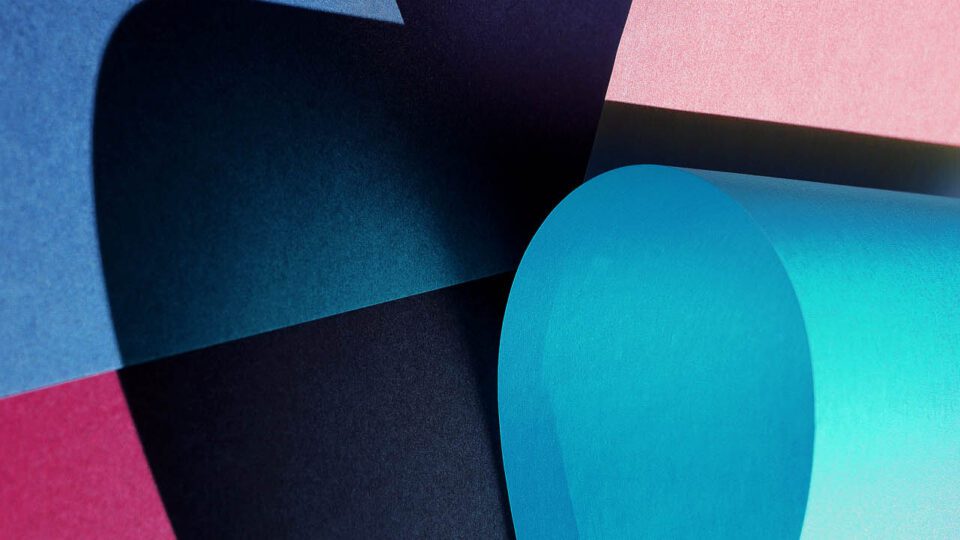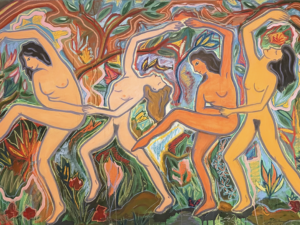Photography has always been a playground for abstraction and experimentation. In the 20th century, pioneers like Man Ray and László Moholy-Nagy challenged conventional image-making with photograms, transforming light and shadow into art. Today, artists such as Barbara Kasten, with her geometric Constructs, and Wolfgang Tillmans, through monumental cameraless works, continue to expand the medium’s possibilities. In 100 Ideas that Changed Photography, Mary Warner Marien lists abstraction as Number 67 – a reminder of its enduring impact. In this round-up, we spotlight five contemporary creatives, previously featured in Aesthetica Magazine, who manipulate materials and form. They use microscopes, mirrors, photosensitive paper and more to reimagine what a photograph can be.
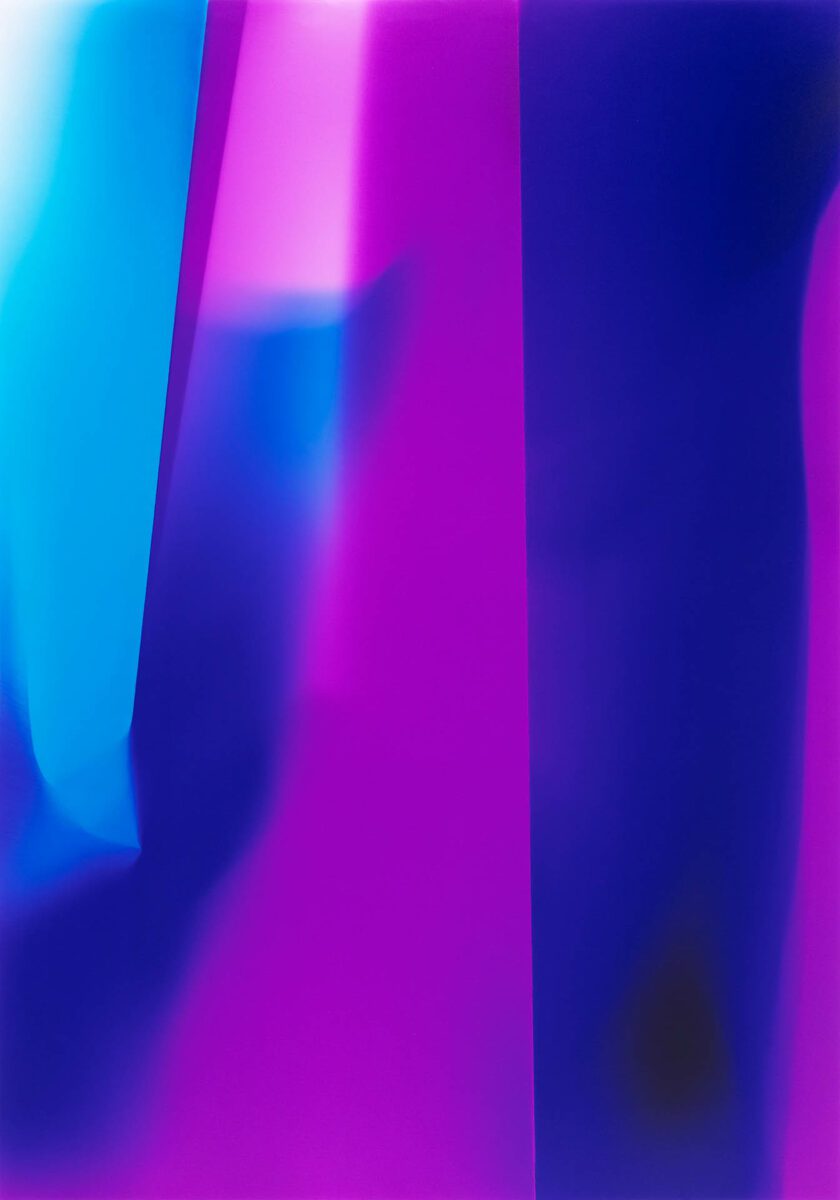
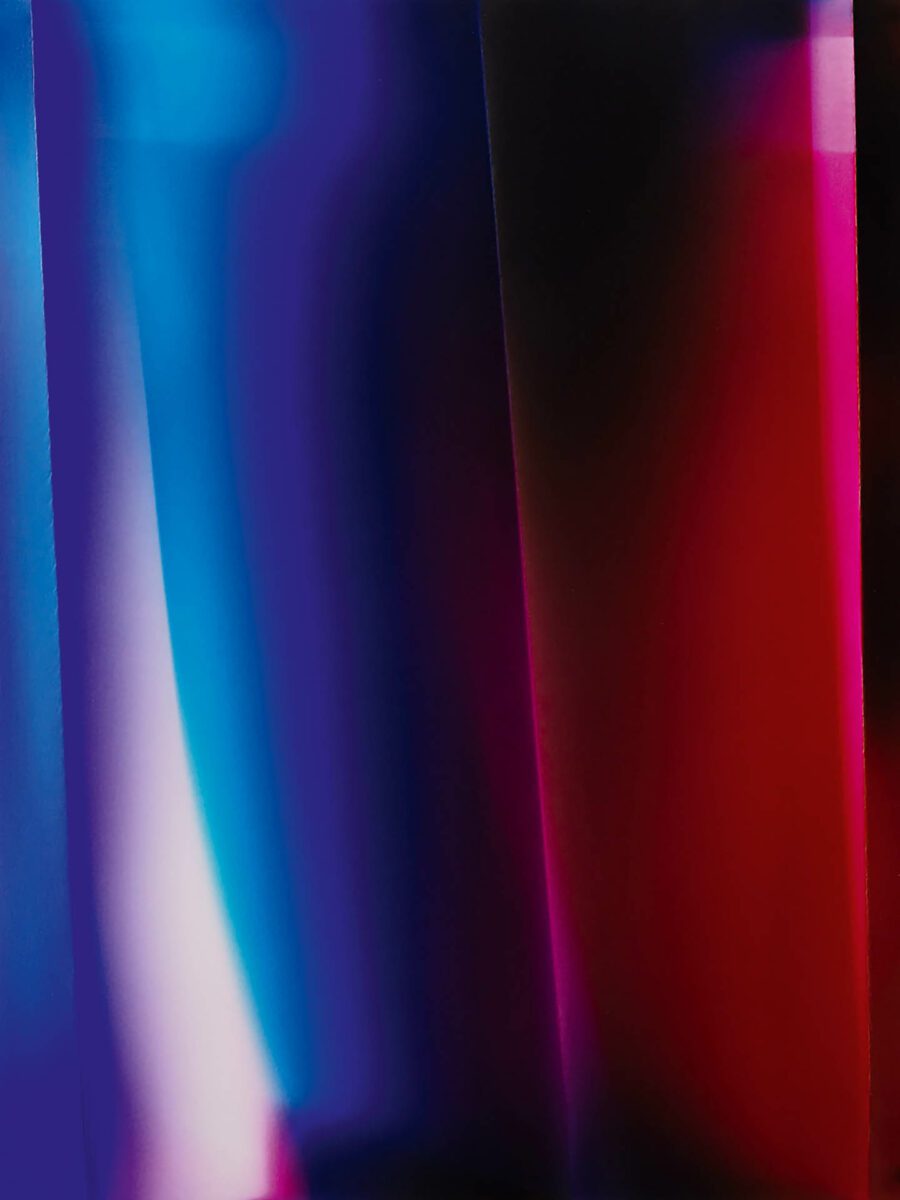
Art and science are inextricably linked. The history of photography is a case-in-point, with 19th century botanist Anna Atkins credited as publishing the first photobook in 1843. She used the cyanotype process, a camera-less technique that involved laying different kinds of algae onto chemically-treated paper before exposing them to UV sunlight. The result: a stunning white image cast against a Prussian blue backdrop. It’s where the term “blueprint” comes from. Nearly 200 years have passed, but there’s still mystery around these processes. Marta Djourina (b. 1991) strips it back, experimenting with how natural and artificial light affects photo-sensitive media. She traces movements, gestures and objects onto analogue paper; the results are dynamic, where yellow slashes through black, purple folds into blue and red rectangles resemble a Mark Rothko painting. Djourina’s projects span small format pictures to monumental scrolls.
martadjourina.com | @martadjourina
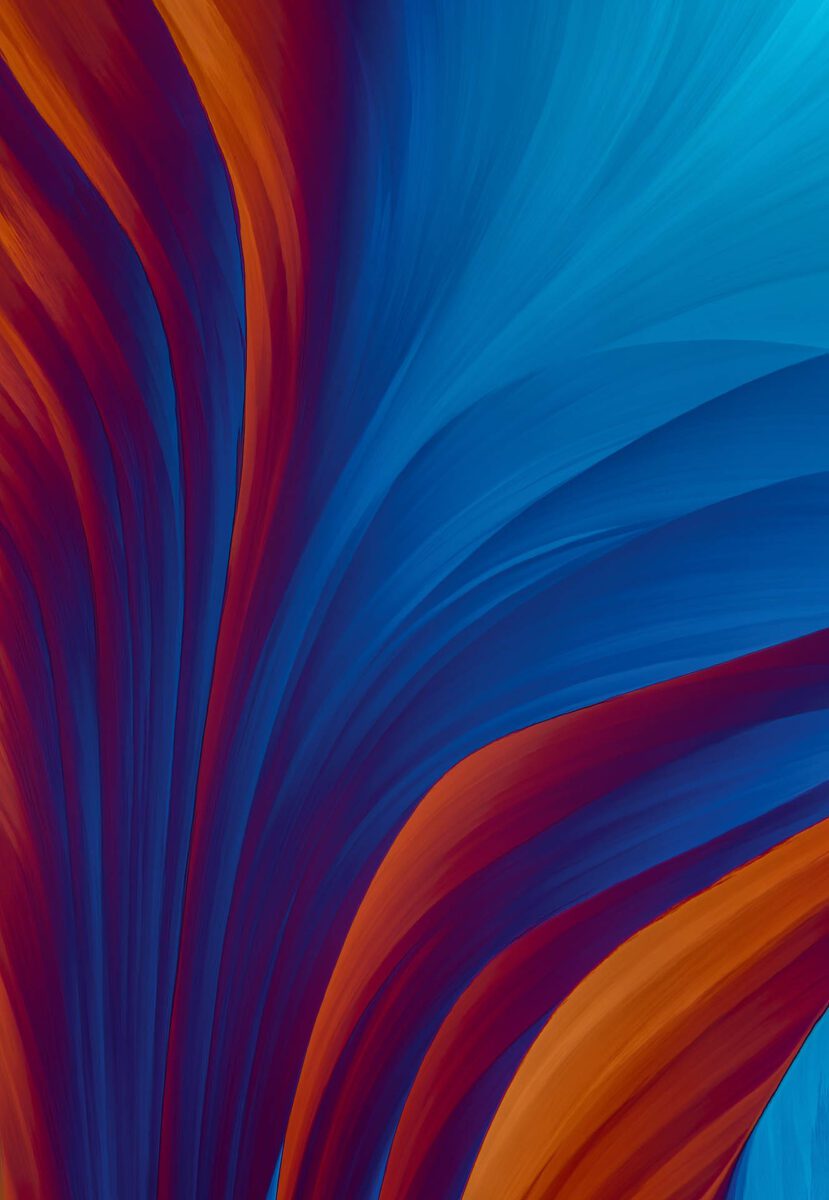
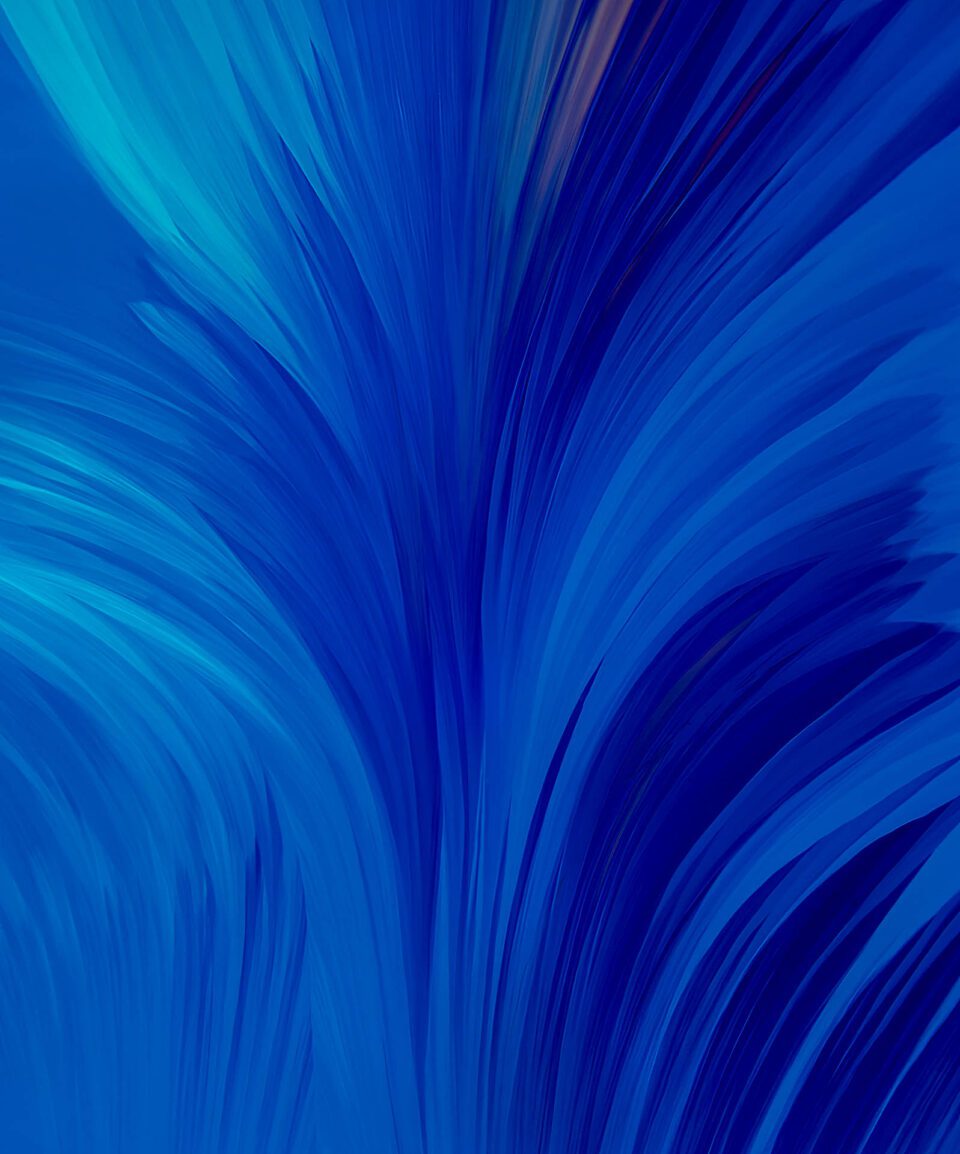
Bevil Templeton-Smith (b. 1971) is compelled by extreme challenges. From the macro to astrophotography and long exposures, he is often constructing devices to capture a difficult shot. His most recent pictures blur boundaries between science and art. They’re made using a Leitz Orthoplan research microscope, originally manufactured in the 1970s, which is adapted to fit a modern digital camera. “I have made endless microscope slides, mixing anything that I can find – artificial sweeteners, acids, sugar, caffeine, cleaning agents, paracetamol, vitamin C – that will dissolve or melt and crystallise.” The resulting prints, at Alveston Fine Arts in London, are a kaleidoscope of colour. There is a sense of movement, with curves that sweep, twist and explode upwards. Some household substances form grids or jagged edges when viewed up close. It’s easy to get lost in these compositions, and to imagine the micro-universes that exist alongside our own.
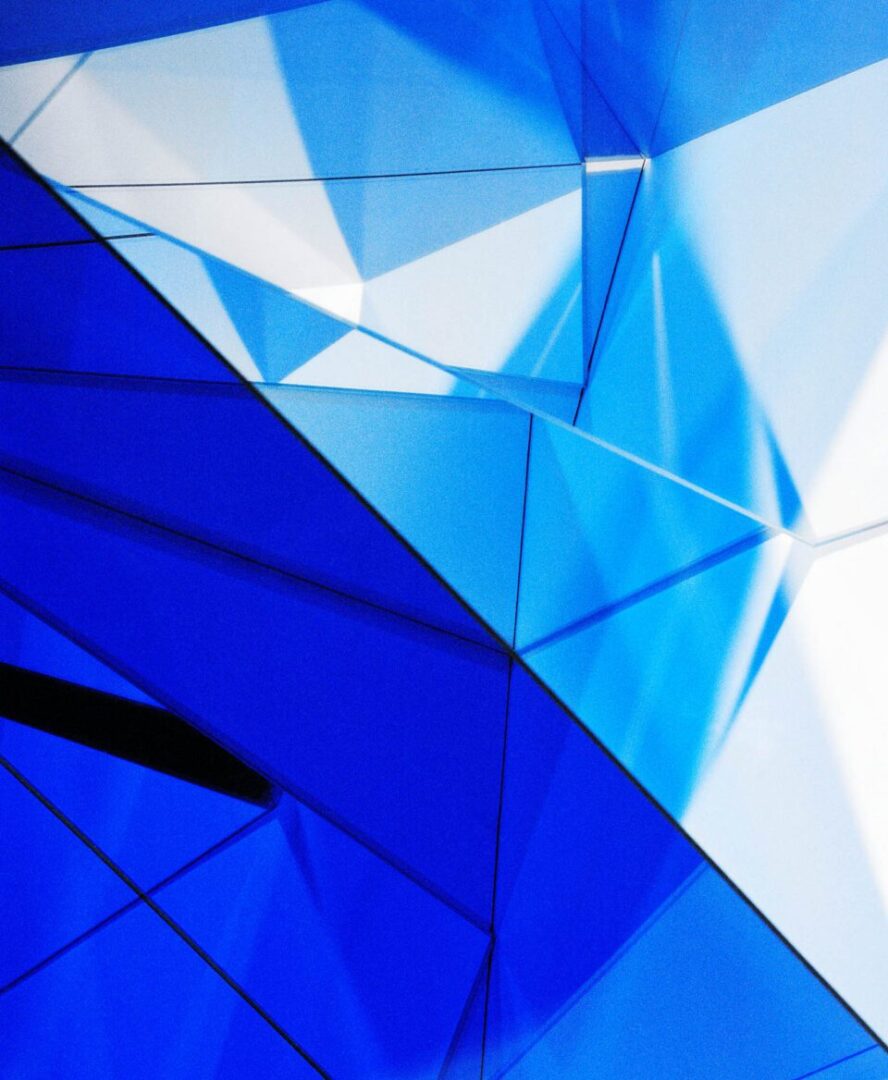
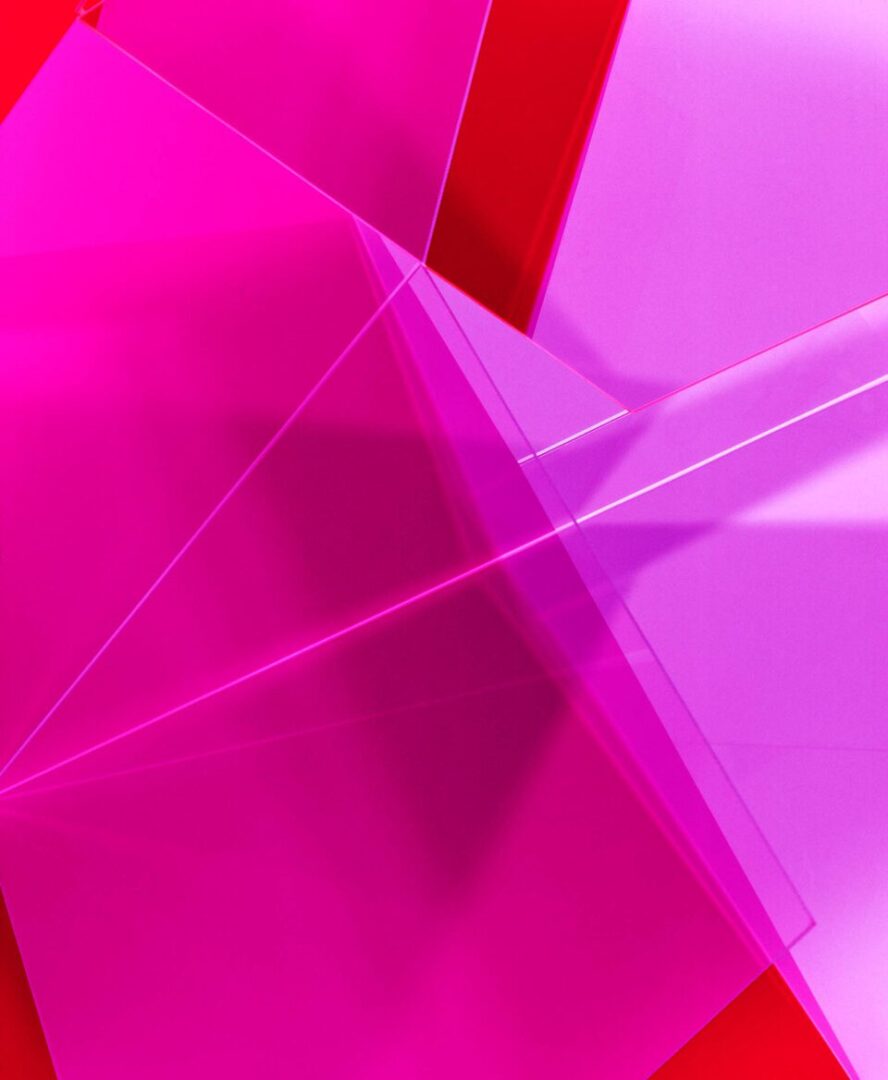
Swiss-born contemporary artist and photographer Daniela Droz (b. 1982) makes work about light, abstraction and perception. Her career as a photographer began following a degree from École Cantonale d’Art de Lausanne, with various commissions for magazines and other commercial clients, specialising in still lives. “As I was making the images,” she recalls, “I began to notice that what I liked doing most was building the backdrops for the objects to be photographed.” Her sets were already geometric and minimalist. One day she asked herself: “Why not remove the objects and just photograph the set?” Droz experiments with cameraless techniques, integrating materials like glass, paper and mirrors into her work. The resulting images have an architectural and sculptural dimension, inspired by other artists including Paolo Roversi, Constantin Brâncuși, Isamu Noguchi, Peter Zumthor and Tadao Ando.
danieladroz.ch | @danieladroz_


Jessica Backhaus (b. 1970) is a Berlin-based artist who strips photography back to its fundamentals. Light, shadow, form and colour are her key tenets. For the series Cut Outs (2021), she arranged tiny paper shapes under the baking Berlin summer sun. As the pink, blue and yellow pieces started to curl and bend, she pressed the shutter – freezing their dance-like forms forever. Her 2024 monograph, Plein Soleil, charted the next stage in her journey towards total abstraction. These pictures are close-up and zoomed in, showing turquoise pages coiling and casting shadows over contrasting magenta sheets. “Colours are very important to me,” Backhaus tells Aesthetica. “They are like emotions, and they have their own language. It is interesting to observe how colours interact with each other. I ask: what happens to us when we allow ourselves to be immersed in colour? How do we feel, and how do we react?”
jessicabackhaus.net | @jessica_backhaus


Luc Holper is a fine art photographer from Luxembourg, and the latest in Aesthetica’s coverage of contemporary abstraction. His compositions deliberately break with conventional representation, instead offering a fluid, evolving experience that each viewer is encouraged to interpret in their own way. Holper is inspired by theories of light, as written by Isaac Newton, Johann Wolfgang von Goethe, Johannes Itten and Josef Albers. The resulting images show colours meeting, merging and colliding – something Holper calls “a complex visual ballet.” Layers of texture and reflection are built-up, creating scenes where identifiable visual cues are erased. The idea: to blur the boundaries between recognisable and imaginary forms. Holper uses these techniques to hold a mirror to “the complexities and contradictions” of an ever-changing society, building bodies of work that are rooted in a clarity and confusion, connection and isolation.
Words: Eleanor Sutherland
Image Credits:
1. Jessica Backhaus, Untitled 41, (2023). Courtesy Robert Morat Gallery, Berlin.
2. Marta Djourina, Untitled, from the series Folds, (2020-2023). Repros by Marie Mergler, André Carvalho and Tugba Carvalho – CHROMA.
3. Marta Djourina, Untitled, from the series Folds, (2020-2023). Repros by Marie Mergler, André Carvalho and Tugba Carvalho – CHROMA.
4. Bevil Templeton-Smith, Blue and Red, (2024). Image courtesy of the artist.
5. Bevil Templeton-Smith, Blue Fanfare, (2023). Image courtesy of the artist.
6. Daniela Droz, Lux, (2016). Image courtesy of the artist.
7. Daniela Droz, Facade 01, (2024). Image courtesy of the artist.
8. Jessica Backhaus, Untitled 15, (2023). Courtesy Robert Morat Gallery, Berlin.
9. Jessica Backhaus, Untitled 11, (2023). Detail. Courtesy Robert Morat Gallery, Berlin.
10. Luc Holper, from Escape. Image courtesy of the artist.
11. Luc Holper, from Escape. Image courtesy of the artist.


